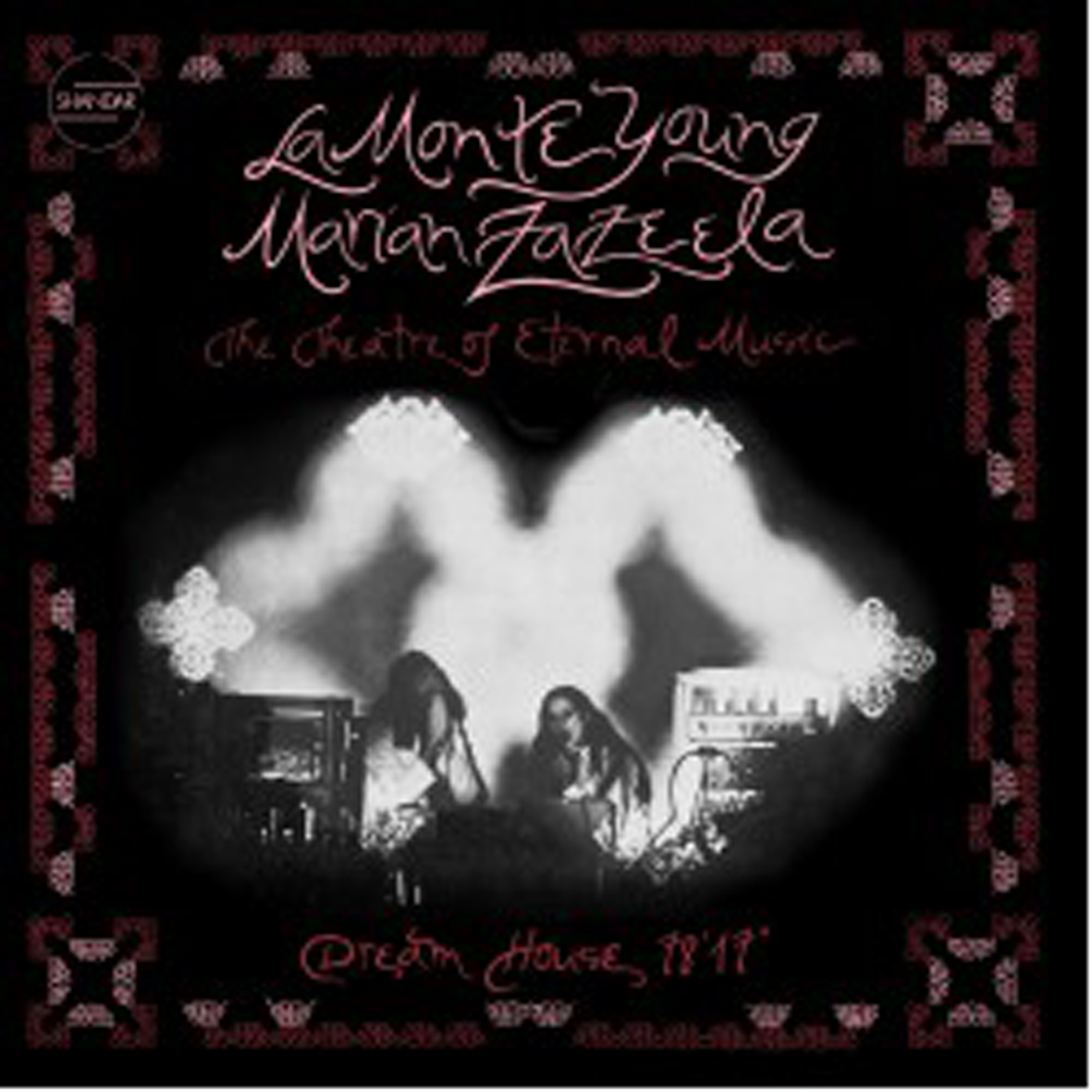 Back before the days of MP3s and file sharing, it was not uncommon for me to slowly lose my goddamn mind because there was some album that I desperately wanted to hear, yet could not find anywhere.  Naturally Coil, Current 93, and Nurse With Wound were all regular members of that exclusive club, but the reigning king of maddening elusiveness was always La Monte Young–more specifically, The Well-Tuned Piano, though Dream House (now finally reissued) would have been a lovely consolation prize (both albums have regularly turned up on Discogs' "most expensive items sold" list).  The reason for my obsession is quite simple: Young was the ur-visionary at the root of many of the more compelling strains of underground culture that have blossomed over the last 18 years, heavily and directly influencing the aesthetics of Brian Eno, Andy Warhol, The Velvet Underground, and Terry Riley (in fact, John Cale, Angus MacLise, and Riley were all members of Young's Theatre of Eternal Music ensemble).
Back before the days of MP3s and file sharing, it was not uncommon for me to slowly lose my goddamn mind because there was some album that I desperately wanted to hear, yet could not find anywhere.  Naturally Coil, Current 93, and Nurse With Wound were all regular members of that exclusive club, but the reigning king of maddening elusiveness was always La Monte Young–more specifically, The Well-Tuned Piano, though Dream House (now finally reissued) would have been a lovely consolation prize (both albums have regularly turned up on Discogs' "most expensive items sold" list).  The reason for my obsession is quite simple: Young was the ur-visionary at the root of many of the more compelling strains of underground culture that have blossomed over the last 18 years, heavily and directly influencing the aesthetics of Brian Eno, Andy Warhol, The Velvet Underground, and Terry Riley (in fact, John Cale, Angus MacLise, and Riley were all members of Young's Theatre of Eternal Music ensemble).
Originally released in 1973, Dream House is one of the inaugural releases in Aguirre’s series of reissues from the amazing and forward-thinking French label Shandar.  Before its basement office was largely destroyed by a flood in 1979, the label run by Daniel Caux and Chantal Darcy released an unprecedented string of crucial avant-garde albums featuring everyone from Charlemagne Palestine to Sun Ra to Pandit Pran Nath.  Even among that milieu of iconoclasts, however, Dream House stands out as exceptionally outré.  Comprised of two side-long pieces, Dream House explores Young’s obsession with idea of eternal music without beginning or end.  Few (if any) Western musicians were as invested in the idea of hypnotic, trance-like repetition as La Monte Young was in the 1970s.  Significantly, it was not so much a musical choice so much as it was a lifelong obsession, as the idea of a "dream house" was later expanded into a series of installations (of varying degrees of permanence) built around Young’s sine waves and Zazeela’s accompanying light sculptures.
The first and far more distinctive piece, "13 I 73 5:35-6:14:03 PM NYC," features a stripped-down version of the Theatre of Eternal Music ensemble, in this case just future avant-garde luminaries Jon Hassell and Garrett List.  The general idea is quite simple, as it is basically just a drone piece built from Young’s sine waves, Zazeela’s voice, and the ensemble’s sustained brass tones.  Over that, however, are Young’s otherworldly, nasal, ritualistic, and chant-like vocals.  On one level, Pandit Pran Nath’s influence is abundantly clear, but there is a buzzing, quasi-insectoid quality to Young's voice as well.  As such, the piece still sounds quite alien today, so I cannot begin to imagine what unsuspecting American listeners in the early ‘70s made of such a bizarre, time-stretched blending of Indian classical music and the hum of high voltage power lines.  Nor can I imagine what listeners would have made of the hyper-minimal second piece, "Drift Study 14 VII 73 9:27:27-10:06:41 PM NYC," a gently oscillating 39-minute sine-wave solo.  Neither piece offers anything in the way of conspicuous evolution or strong melody, as the emphasis is quite squarely on the hypnotic properties of endless repetition and on small-scale shifts in harmony and oscillation.  Dream House was far more than an unusual synthesis of Eastern music, minimalism, and the more experimental strains of jazz and classical music–it was a radical experiment in transforming how we hear and experience music.
There is no question at all that Dream House is a radical and significant work by a woefully underdocumented and hugely influential figure.  However, the inevitable downside to being a groundbreaking visionary is that when one of your seminal masterpieces is finally reissued 40 years after it was recorded, the rest of the experimental music world has already long caught and surpassed it.  Granted, the first half of the album still sounds quite unusual by 2016 standards, but its capacity to blow anyone's mind has long expired.  In the case of most composers, there would be some sadness to that, but La Monte Young’s career almost seemed completely independent of his albums.  Dream House is merely a snapshot of an ephemeral instant in an endless evolution, as any clips that I have heard from Dream House installations are considerably more immersive and harmonically complex than what is documented here.  Also, "13 I 73 5:35-6:14:03 PM NYC" is allegedly just a mere section of a larger piece called "Map Of 49's Dream The Two Systems Of Eleven Sets Of Galactic Intervals Ornamental Lightyears Tracery."  And, of course, that piece is itself allegedly just a section of Young’s even larger and never-ending opus "The Tortoise, His Dreams And Journeys."  Odds are quite high that most of Young’s greatest work probably existed only live or in concept alone, so we are probably lucky to get to hear any of it at all.  There is not much available, so every single bit is cause for excitement.  I am absolutely thrilled that this has finally been reissued.
Samples:
 
Read More

